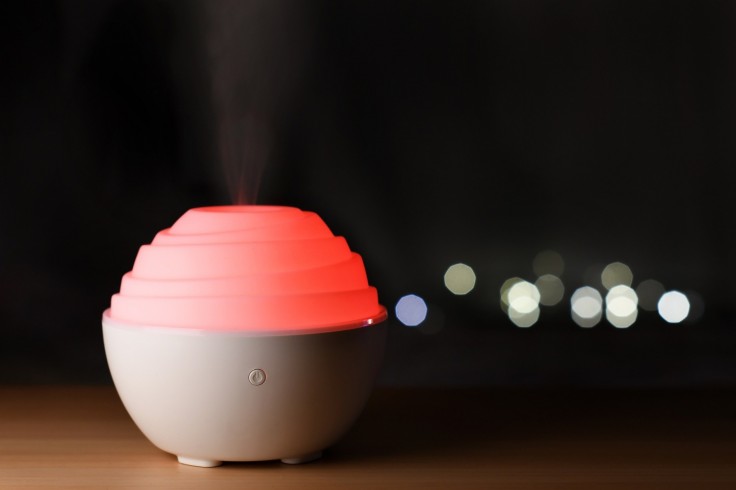
Americans roughly spend an estimated 90 percent of their time behind closed doors which only means that the indoor air quality has been treated as if not important. According to new research in a chapter entitled "Indoor Air Pollutants and Toxic Materials" there are hidden dangers of inhaling polluted air from inside one's home.
As a matter of fact, air pollution has been associated with premature births affecting more than 6 million babies worldwide annually, with indoor air pollution contributing to roughly two-thirds of the overall exposure.
United States Environmental Protection Agency (EPA,) reported that some of the common pollutants that can negatively impact indoor air quality are cleaning, cooking, and even pets. High levels of prolonged exposure to air pollution can cause health effects such as certain cancers, heart disease, respiratory infections, and even death.
Those individuals with underlying health risk conditions, babies including children, and older individuals are the most at risk from the impacts of air pollution.
Why is indoor air quality important?
EPA explains that the word 'pollution' is commonly linked with carbon monoxide emissions from vehicles than sources inside one's home. Nonetheless, the air people inhale indoors can be more than five times more polluted than outdoor air.
The forms of health impacts from indoor pollution depend on various factors which entail the amount and type of pollutants, individual health status as well as the sensitivities of occupants, indoor ventilation, and different building and room factors.
One may notice certain symptoms after just a single exposure to a specific pollutant or conceivably constant exposures to a mixture of pollutants. Some symptoms may include dizziness, irritation of the throat, nose, and eyes, headaches, and fatigue.
In some cases, repeated exposure to indoor pollutants has been linked with exacerbating chronic health conditions like asthma.
And now with various and numerous studies associating higher COVID-19 mortality rates with places with high pollution, the quality of the air one inhale is the primary cause for concern, per Harvard Health Publishing.
How can indoor quality be improved?
Elizabeth Matsui, M.D., professor of population health and pediatrics and the director of clinical and translational research at Dell Medical School in Texas notes that some infectious microbes can all be found in indoor air.
You can also find certain pollution and allergens in indoor air that can hugely affect the well-being of children. Young ones can sustain coughing, chronic nasal congestion, and difficulty sleeping due to respiratory symptoms.
Rakesh Ghosh, Ph.D., an epidemiologist at the University of California, San Francisco explains that pollution levels indoors are crucially higher than outdoor levels.
American Lung Association cited that 40 percent of individuals in the United States are currently living in areas with pollution and such polluted air can easily enter one's home.
To improve the indoor air quality, lessen pollutants and sources, and ventilate with clean outdoor air as this would help to supplement the air cleaners. Very Well Family suggests banning all smoking indoors and even outdoors as it is harmful to your family's health. Try to ventilate cooking fumes and dry laundry outdoors.
Also, open a certain window in your home due to the fact that the outdoor air is much cleaner than indoor air. This will also lessen the humidity levels and increase ventilation.
Related Article : Best Practices to Improve Your Indoor Air Quality